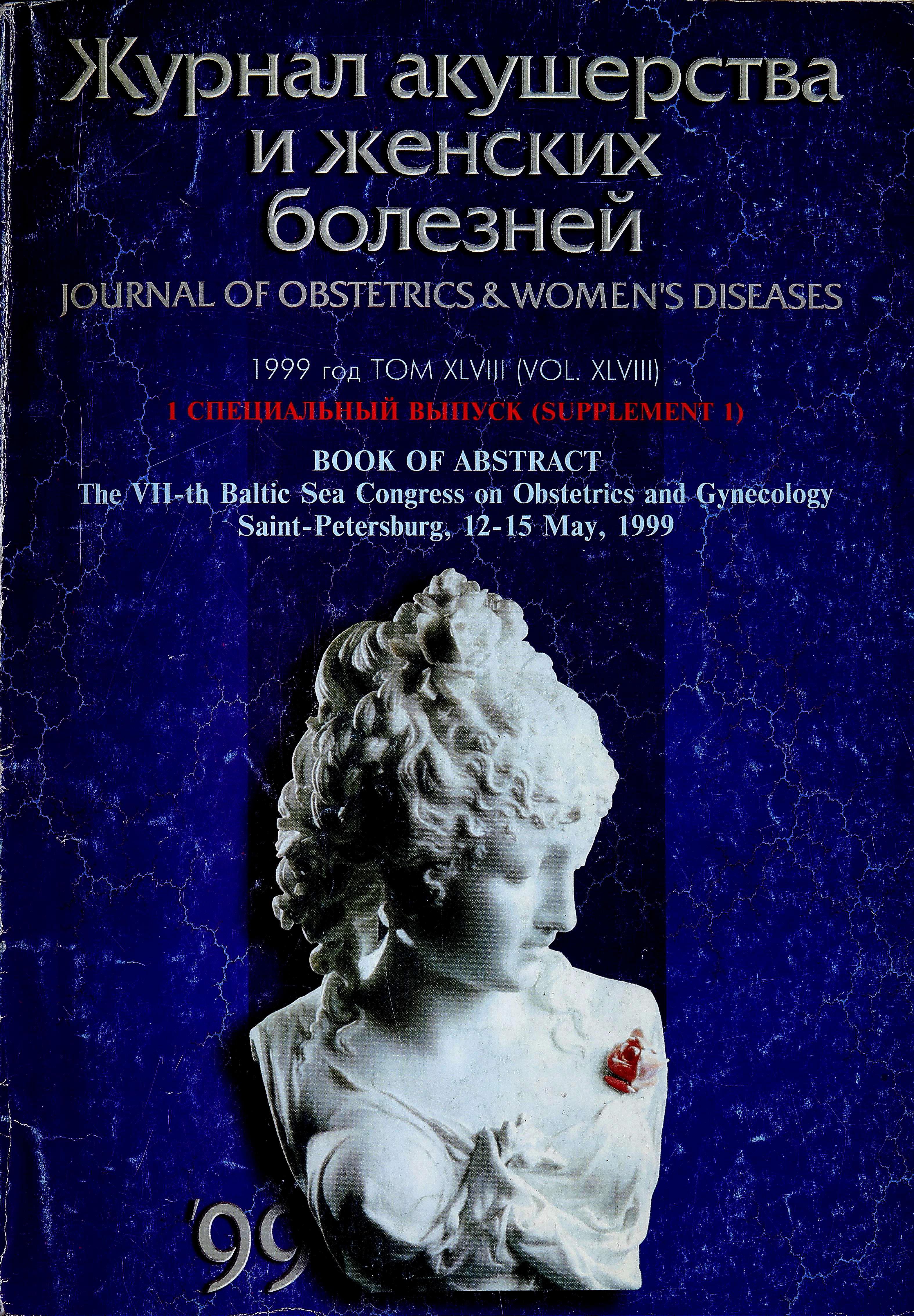IV. Immaturity of the lungs: neonatal perspective - postnatal care of the immature lung. Surfactant therapy
- 作者: Liubsys A.1
-
隶属关系:
- Vilinus University Children's Hospital
- 期: 卷 48, 编号 5S (1999)
- 页面: 101-101
- 栏目: Articles
- ##submission.dateSubmitted##: 18.02.2022
- ##submission.dateAccepted##: 18.02.2022
- ##submission.datePublished##: 15.12.1999
- URL: https://journals.eco-vector.com/jowd/article/view/101109
- DOI: https://doi.org/10.17816/JOWD101109
- ID: 101109
如何引用文章
全文:
详细
Postnatal care of the immature lung. There are two principal goals in postnatal care of immature lung: 1) to replace an endogenous surfactant deficit; 2) to maintain adequate ventilation (effective lung recruitment) with minimal damage of the immature lung.
全文:
Postnatal care of the immature lung. There are two principal goals in postnatal care of immature lung: 1) to replace an endogenous surfactant deficit; 2) to maintain adequate ventilation (effective lung recruitment) with minimal damage of the immature lung.
Surfactant therapy. Surfactant therapy, either with synthetic or natural surfactant, is clearly proven to be effective in altering the early course of RDS, in decreasing the requirement for supplemental oxygen or assisted ventilation. Significant clinical benefit is demonstrated by the decrease in pneumothorax, bronchopulmonary dysplasia or death at 28 days, and mortality. Despite an undoubted benefit of the surfactant many questions regarding surfactant treatment remain unanswered. The studies which compare prophylactic administration to rescue treatment of the premature baby do not give definitive answers regarding approach of treatment. Prophylactic surfactant replacement has potential theoretical advantages, i.e. facilitation of initial lung aeration, better initial distribution of the surfactant, decreased alveolar-capillary leakage of serum proteins, decreased barotrauma, and etc. On the other hand, routine prophylaxis of all preterm babies with gestational age 32 or even 28 weeks could constitute a significant overtreatment, i.e. unnecessary intubation of some babies, unnecessary exposure to possible adverse effect of exogenous surfactant, unfounded expenses of treatment. The results from clinical trials which specifically compare single to multiple-dose therapy suggest that multiple dose may be more effective. However, the initial dose, the need for repeat treatment, and timing of subsequent doses remain unclear. The initial dose of surfactant ranges from 50 to 200 mg/kg. Few side effects, i.e. an increase incidence of PDA and pulmonary hemorrhage have been reported. Data from recent multicenter trials of surfactant treatment indicate that infants receiving prenatal steroids had better response to surfactant with regard to overall mortality, respiratory mortality, air leaks, PDA, and intraventricular hemorrhage. These findings emphasize that surfactant replacement should not be considered as an alternative treatment to prenatal corticosteroids.
作者简介
A. Liubsys
Vilinus University Children's Hospital
编辑信件的主要联系方式.
Email: info@eco-vector.com
立陶宛, Vilinus
参考
补充文件





